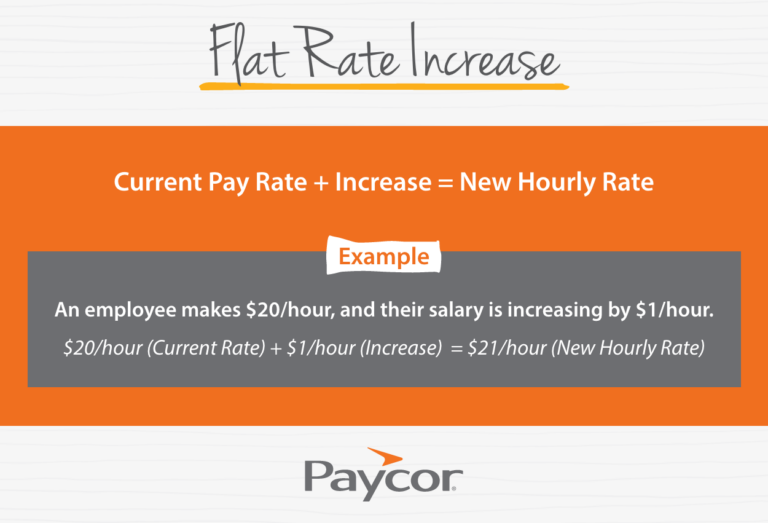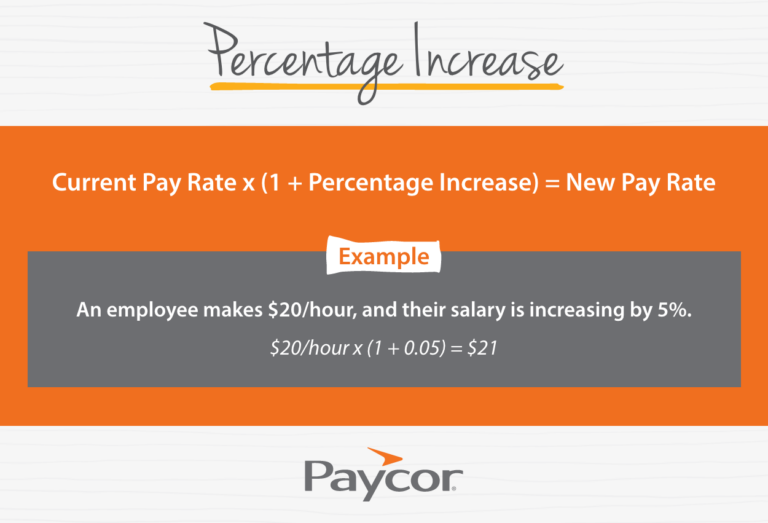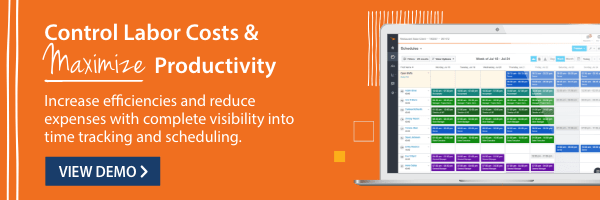When it comes to employee engagement, satisfaction, and retention, compensation is key. And it’s HR’s job to design and implement the company’s compensation strategy. As part of that, you’ll need to determine fair and competitive salary increases on a regular schedule.
This process is different for every company. Your industry, budget, company size, and employees’ needs all affect employee compensation strategies – and those factors change over time. Whatever stage your business is going through, HR should have a clearly defined process for calculating raise percentages.
The Compensation Adjustment Process
Several issues can influence your salary increase decisions. Company profitability and budget size play the biggest role. HR professionals may be experts at doing more with less, but you still have to work within financial constraints.
Pay benchmarking is another important step in the process. This is when HR performs market research, reviewing industry trends to determine the typical salary for certain job titles. Compare the industry standard with the hourly rate you currently offer and make changes if necessary. Pay benchmarking helps you compete with other organizations in your industry for high performers.
Once you confirm your budget, it’s time for HR to define the criteria for increases.
Types of Raise Calculations
HR can offer several different types of annual pay raises. For example:
- Merit increases are determined by individual employee performance.
- Standardized increases, or across-the-board increases, raise all employee wages by a fixed percentage. Standardized increases can occur across a company or within a certain department.
- Cost-of-living adjustments (COLAs) are tied to inflation rates. They’re designed to give employees the same purchasing power they had at their previous pay rate.
- Base wage raises boost an employee’s base pay, normally to match industry trends identified in pay benchmarking. These raises do not increase overtime, bonuses, monetary benefits, or other forms of compensation.
You can take a combination approach, mixing and matching from this list. Most importantly, make sure your compensation strategy is clearly defined. With legal approval, you might even publish it in your employee handbook. Transparency can help protect you from potential claims of discrimination. It also keeps your business compliant with pay equity laws, if any apply to your area.
Pay Raise Calculation Formulas
To calculate your pay raise, use the calculator below:
You can also use use these formulas to calculate pay raises:


Note: You can use the same formulas to calculate hourly rate increases and annual salary increases.
Communicating Raise Decisions
HR should design a clear workflow to communicate wage increase decisions. Be as transparent as you can while following company policy. This is a great way to build trust and, in some cases, improve employee performance. For example, if an employee fails to earn a merit increase, explaining your reasons could help them commit to a training program.
Whether you’re delivering positive or negative feedback, HR should approach these conversations with empathy. When you get to announce a raise, express appreciation for your employee’s hard work and dedication. Otherwise, focus on opportunities for talent development.
How Paycor Helps
Paycor’s award-winning payroll solution and compensation management software is purpose-built to empower leaders. Our integrated suite of HCM software helps HR manage salary increases, stay compliant, and retain top talent over time. Use these powerful tools to support your team in every stage of the employee life cycle, from hire to retire.










